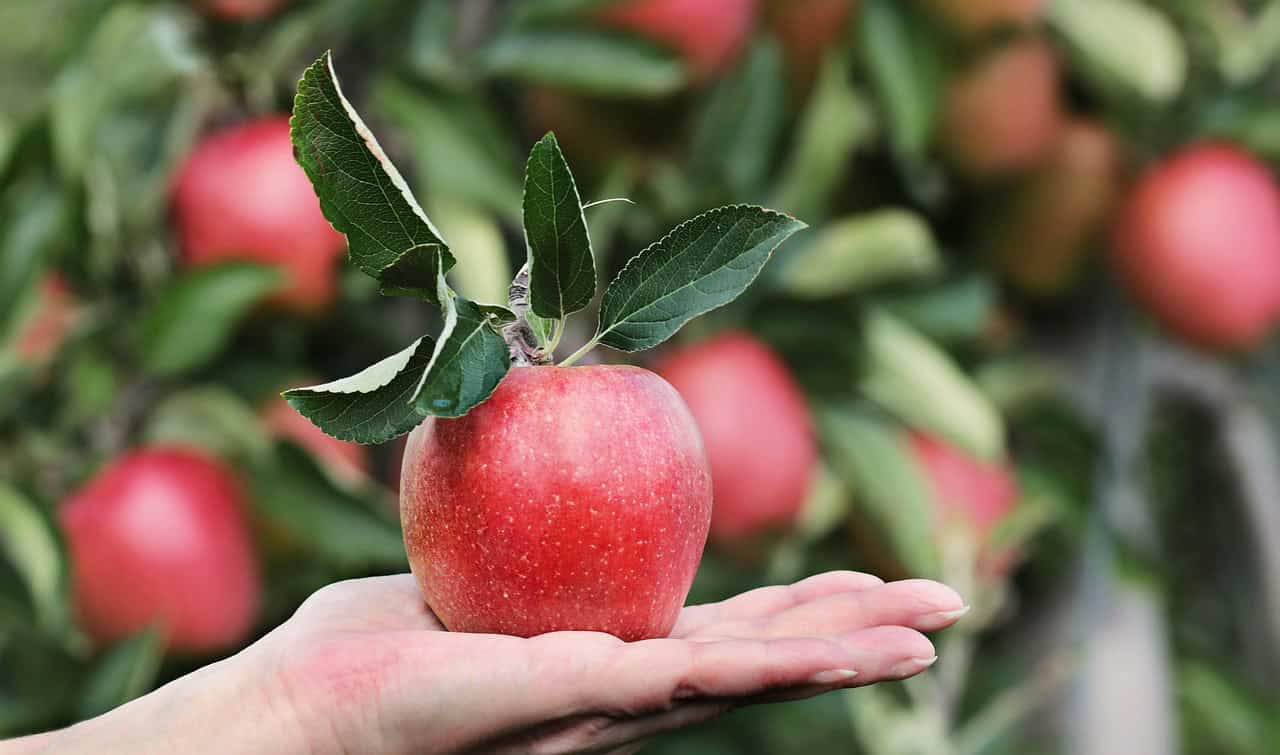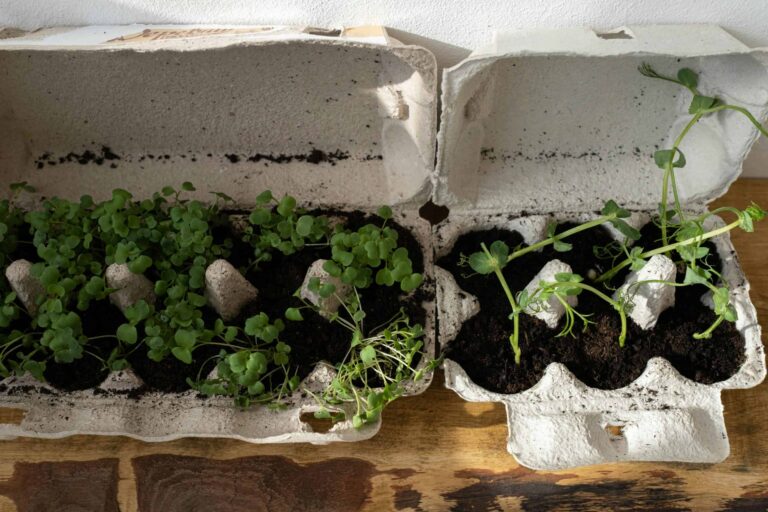Taste the Season: How to Pick the Best Apples for Baking, Snacking, and More
Apples are a staple in kitchens and markets across North America. Their versatility, flavor variety, and nutritional value make them one of the most beloved fruits in the world. Whether destined for a pie, a lunchbox, or a dehydrator tray, knowing how to pick the best apples can elevate any culinary experience. This guide explores how to select apples at stores and markets, which varieties are best suited for specific uses, their nutritional benefits, and a glimpse into their historical and cultural significance.
How to Pick the Best Apples at Grocery Stores and Markets
Choosing quality apples starts with a few simple observations. Look for firm fruit with smooth, unblemished skin. Avoid apples with bruises, soft spots, or signs of shriveling. A fresh apple should feel heavy for its size, indicating juiciness. Color can also be a clue—vibrant hues often signal ripeness, though this varies by variety.
At farmers markets, vendors can offer insights into harvest dates and growing practices. Locally grown apples are often fresher and more flavorful. In grocery stores, check the country of origin and opt for apples in season. Fall is peak time for most varieties, offering the best taste and texture. Learning how to pick the best apples ensures better flavor and longer shelf life.
Best Apples for Baking

Baking requires apples that hold their shape and balance sweetness with acidity. These varieties are ideal:
- Granny Smith: Tart and firm, perfect for pies and crisps.
- Honeycrisp: Sweet and tart with a crisp texture, excellent for baked dishes.
- Braeburn: Balanced flavor and good structure when cooked.
- Jonagold: A blend of Jonathan and Golden Delicious, offering sweetness and firmness.
Combining tart and sweet apples in recipes can create depth and complexity in flavor.
Best Apples for Eating Raw
For snacking, texture and sweetness are key. These varieties are popular for eating fresh:
- Fuji: Very sweet and crisp.
- Gala: Mild and sweet, with a tender bite.
- Pink Lady: A balance of sweet and tart, with a satisfying crunch.
- Honeycrisp: Universally loved for its juicy snap.
These apples are often found in lunchboxes, salads, and charcuterie boards.
Best Apples for Dipping in Caramel

Caramel apples require a firm texture and a flavor that complements the rich, buttery coating. Ideal choices include:
- Granny Smith: Tartness contrasts beautifully with sweet caramel.
- Fuji: Sweet and crisp, offering a candy-like experience.
- Pink Lady: Holds up well and adds a tangy twist.
Smaller apples are easier to handle and dip, making them perfect for parties or festive treats.
Best Apples for Applesauce
Making applesauce calls for varieties that break down easily when cooked and offer a naturally sweet or tangy flavor. A mix of apples can create a more complex taste, but these are especially well-suited:
- McIntosh: Soft texture and tart-sweet flavor make it a classic choice.
- Golden Delicious: Mild and sweet, ideal for smooth sauces.
- Jonathan: Adds brightness and acidity.
- Cortland: Slightly tart and doesn’t brown quickly.
- Gravenstein: Aromatic and flavorful, excellent for old-fashioned applesauce.
For chunkier applesauce, use firmer apples like Fuji or Braeburn. To pick the best apples for applesauce, look for those that are slightly overripe or have softer flesh—they’ll cook down faster and require less added sugar.
Best Apples for Cider
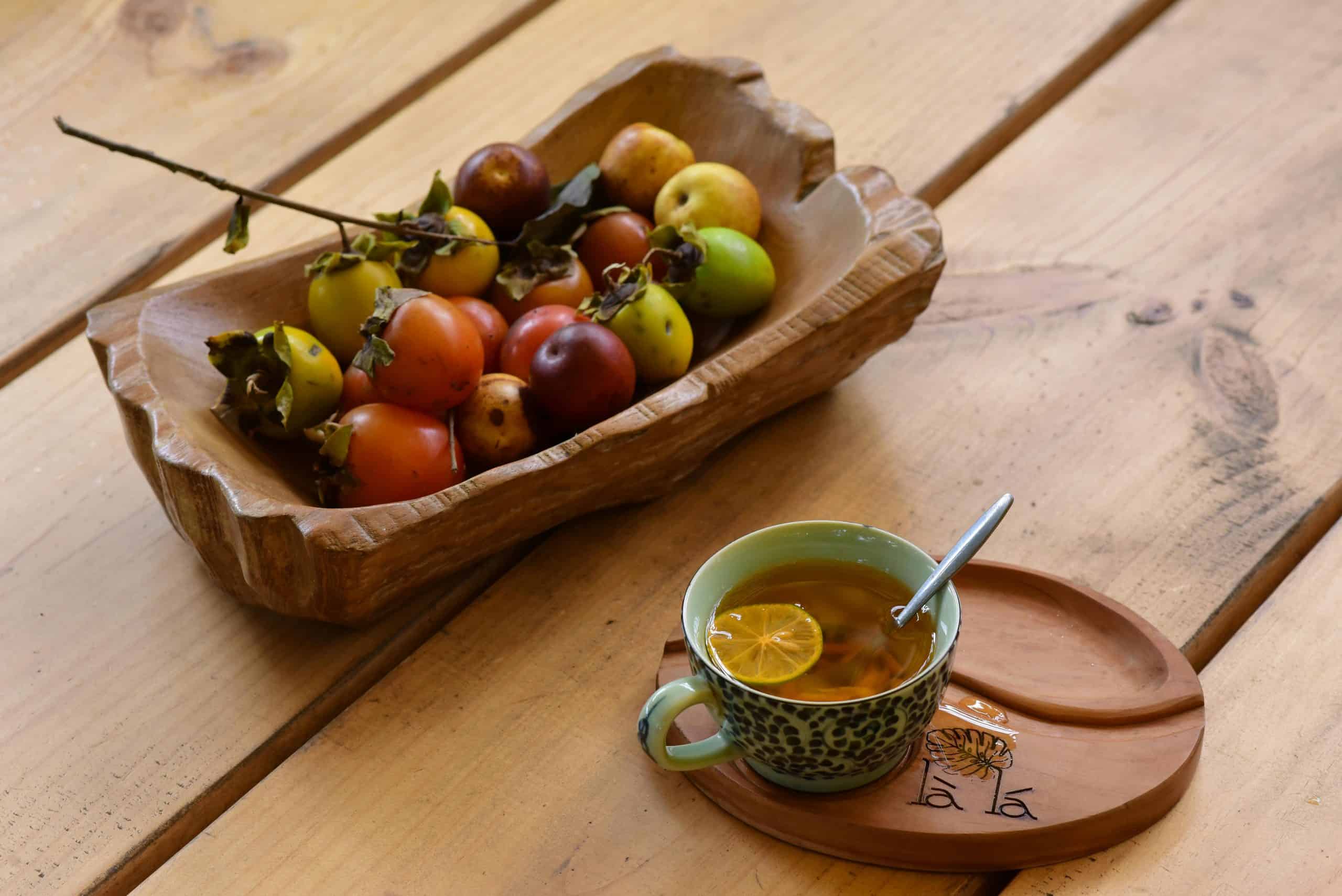
Cider-making benefits from a blend of sweet, tart, and tannic apples to create depth and balance. While traditional cider apples are harder to find in grocery stores, pick the best apples in these varieties to brew your homemade batches:
- Granny Smith: Adds tartness and acidity.
- Gala: Sweet and aromatic, balances sharper varieties.
- Fuji: High sugar content, great for fermentation.
- Winesap: Rich flavor and good tannin structure.
- Northern Spy: Classic cider apple with a balanced profile.
To pick the best apples for cider, choose a mix that includes both dessert apples and those with more complex flavors. Fresh-pressed cider benefits from variety, and fermentation can be tailored depending on the apple blend.
Best Apples for Dehydration
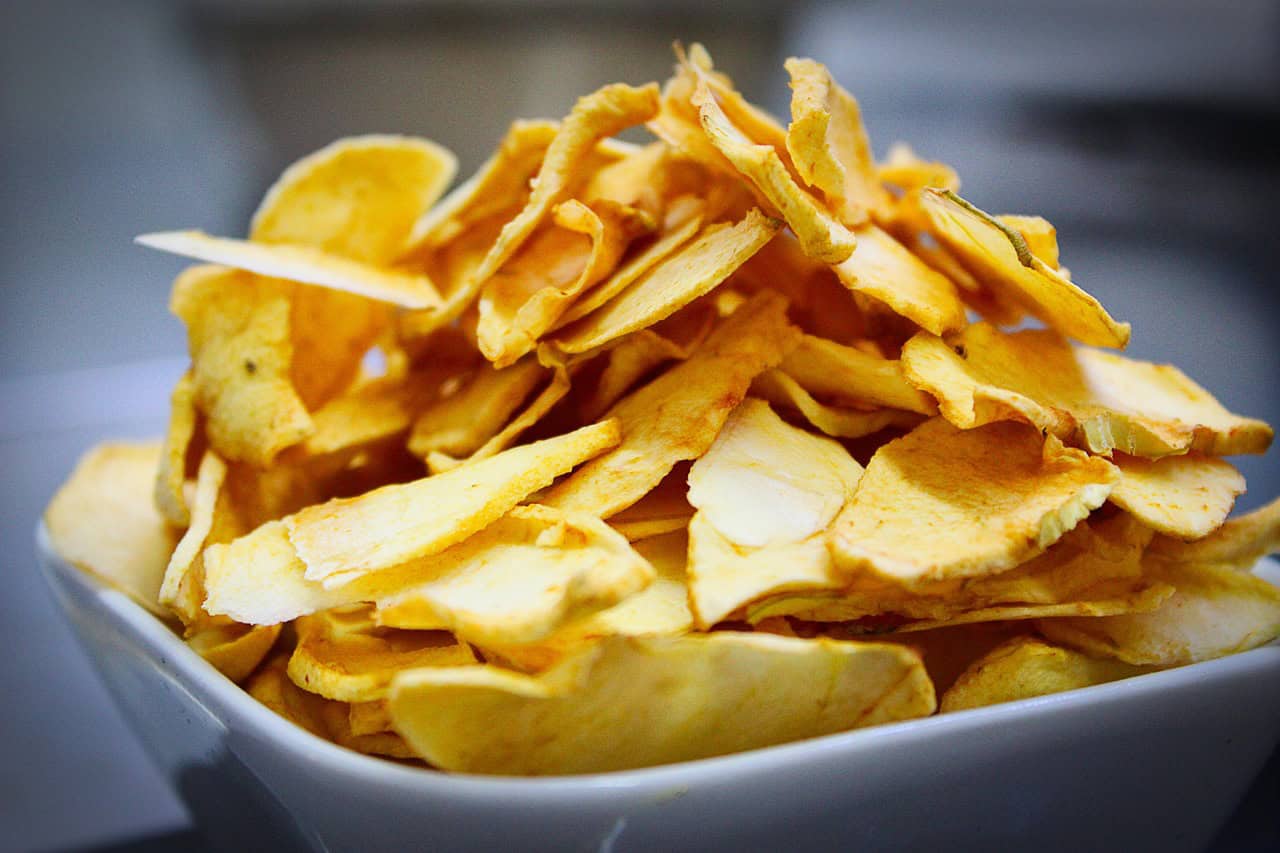
Dehydrated apples make excellent snacks and baking ingredients. Pick the best apples that are naturally sweet and have low moisture content:
- Gala: Sweet and dries evenly.
- Golden Delicious: Mild flavor that intensifies when dried.
- Fuji: Retains sweetness and texture.
- Cortland: Doesn’t brown quickly, ideal for drying.
Slice apples uniformly and consider using a dehydrator for consistent results. Pick the best apples for dehydration and enjoy them effortlessly well after peak season.
Nutritional Benefits of Apples
Apples are rich in fiber, particularly pectin, which supports digestion and heart health. A medium apple contains about 95 calories, 4 grams of fiber, and a variety of antioxidants, including quercetin and vitamin C. They are low in fat and sodium, making them a heart-smart choice.
Regular consumption of apples has been linked to reduced risk of chronic diseases such as diabetes, cancer, and cardiovascular conditions. Their natural sugars provide energy without the crash associated with processed snacks.
A Brief History of Apples in North America
Apples are not native to North America. They were brought over by European settlers in the 1600s, who would pick the best apples, plant the seeds, and graft trees to cultivate varieties suited to the new climate. By the 1800s, apples had become a widespread crop, thanks in part to figures like John Chapman—better known as Johnny Appleseed—who helped spread apple orchards across the Midwest.
Originally, many apples were grown for cider rather than eating. Over time, selective breeding led to the sweet, crisp varieties enjoyed today.
Why We Say “As American as Apple Pie”
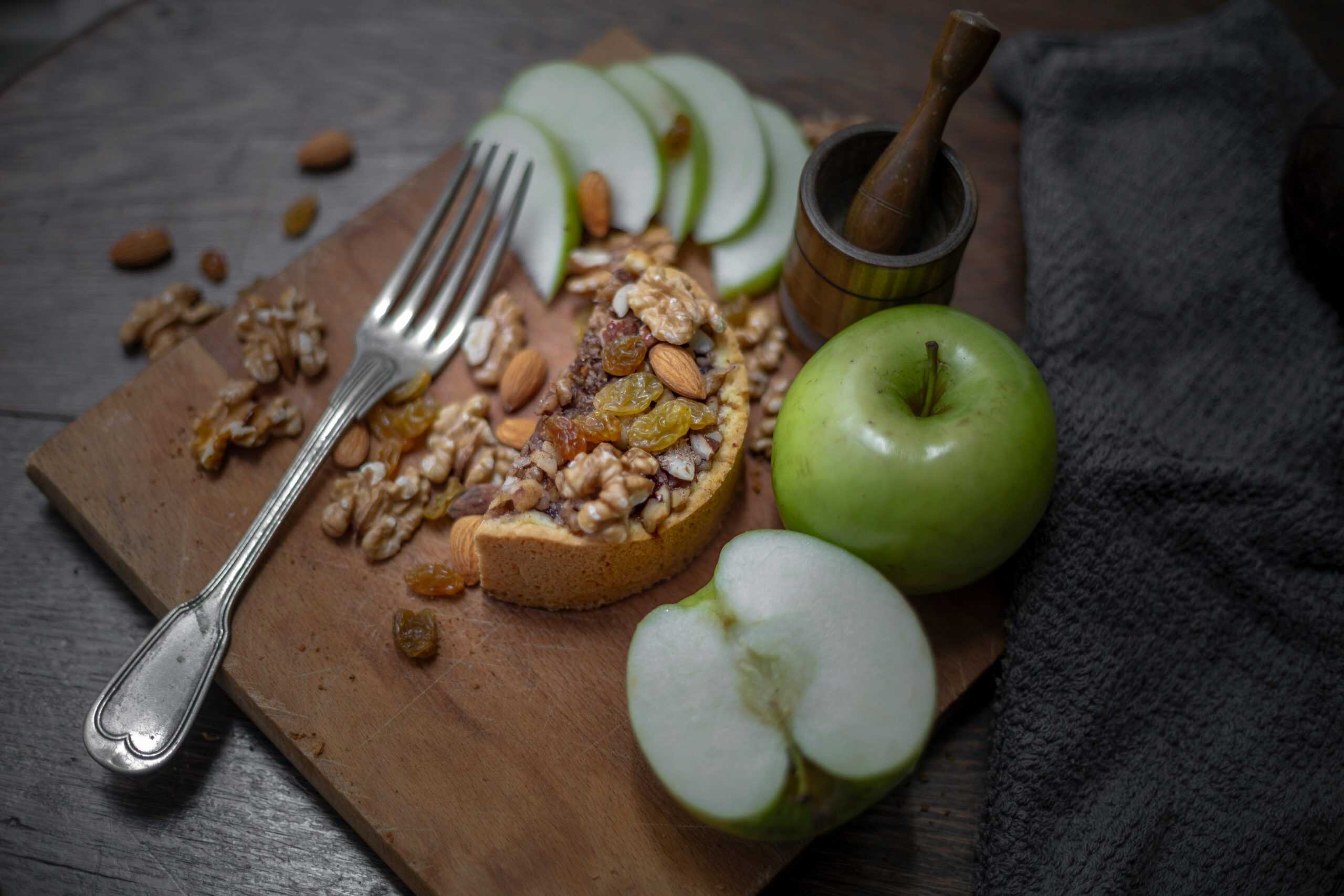
The phrase “as American as apple pie” reflects the deep cultural connection between apples and American identity. Though the dessert originated in Europe, apple pie became a symbol of home, tradition, and comfort in the United States. During World War II, soldiers would say they were fighting for “mom and apple pie,” cementing its place in national lore.
Apple pie represents more than just a dessert—it’s a nostalgic emblem of Americana, family gatherings, and seasonal abundance.
Final Thoughts
Learning how to pick the best apples and understanding their ideal uses can enhance everyday meals and special occasions alike. From baking to snacking, each variety offers unique qualities that suit different culinary needs. Apples also carry a rich history and nutritional profile that make them a timeless choice. Whether fresh from the orchard or neatly stacked in a grocery bin, apples continue to earn their place at the heart of the table.

